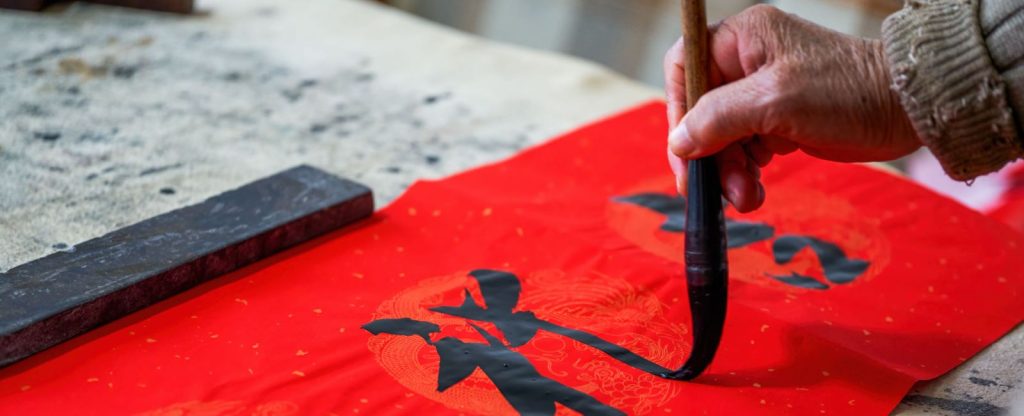Calligraphy and hand lettering are beautiful art forms that can elevate your handwriting and bring a touch of elegance to your projects. Whether you’re creating wedding invitations, greeting cards, or simply wanting to improve your everyday handwriting, mastering the techniques of calligraphy and hand lettering can be a rewarding journey. In this blog post, we will provide you with tips and techniques to help you develop beautiful handwriting and enhance your lettering skills. Let’s dive into the world of calligraphy and hand lettering and unlock the beauty of handwritten artistry.
1. Start with the Right Tools:
Invest in quality calligraphy and hand lettering tools to set yourself up for success. Traditional calligraphy tools include dip pens, nibs, and ink, while hand lettering can be done with brush pens, markers, or even regular pens and pencils. Experiment with different tools to find what works best for you.
2. Practice Consistently:
Like any skill, practice is essential for improving your handwriting. Set aside regular practice sessions to hone your calligraphy and hand lettering skills. Dedicate at least a few minutes each day to practice different strokes, letterforms, and compositions.
3. Understand Letterforms:
Study different letterforms and alphabets to understand the anatomy of letters. Pay attention to the proportions, angles, and strokes that make up each letter. Practice individual letters and gradually progress to forming words and sentences.
4. Master Basic Strokes:
Mastering basic strokes is fundamental to calligraphy and hand lettering. Practice vertical lines, horizontal lines, circles, and diagonal lines to develop control and consistency. These strokes form the foundation for various letterforms.
5. Learn Different Styles:
Explore different calligraphy styles such as Copperplate, Gothic, Italic, or modern brush lettering styles. Each style has its unique characteristics, strokes, and letterforms. Experiment with different styles to find the ones that resonate with you.
6. Focus on Consistency:
Consistency is key in calligraphy and hand lettering. Strive for consistent spacing between letters, uniform stroke thickness, and consistent angles. Pay attention to the rhythm and flow of your writing to create visually pleasing compositions.
7. Slow Down and Be Mindful:
When practicing calligraphy and hand lettering, slow down and be mindful of each stroke. Take your time to execute each letter carefully, paying attention to the pressure applied, the angle of the pen or brush, and the flow of the ink. Precision and intentionality will yield beautiful results.
8. Embrace Guidelines and Grids:
Use guidelines or grids to help you maintain consistent letter heights and spacing. Guidelines can be drawn lightly on your paper or used as digital guides when practicing on a tablet. They provide a framework for your lettering and help maintain uniformity.
9. Experiment with Flourishes and Embellishments:
Add flair to your lettering with flourishes and embellishments. Experiment with decorative elements like swirls, loops, or serifs to enhance the beauty of your letterforms. Just remember to strike a balance between elegance and legibility.
10. Find Inspiration and Learn from Others:
Immerse yourself in the world of calligraphy and hand lettering by seeking inspiration from skilled artists and letterers. Follow their work on social media platforms, attend workshops, and explore online resources and tutorials to learn new techniques and gain insights into the art form.
Calligraphy and hand lettering are artistic expressions that can elevate your handwriting and bring beauty to your projects. With dedication, practice, and a keen eye for detail, you can develop beautiful handwriting and master the art of lettering. Remember to enjoy the journey, embrace your own unique style, and let your creativity flourish as you create stunning pieces of handwritten artistry.




